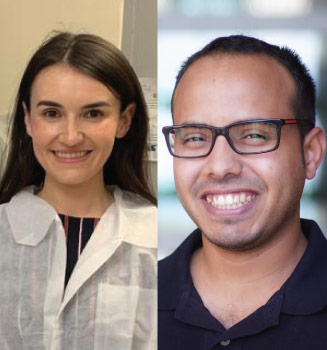Bioscience
Getting cell culture research right
The biomedical research community needs to do more to ensure their findings are relevant and reproducible.
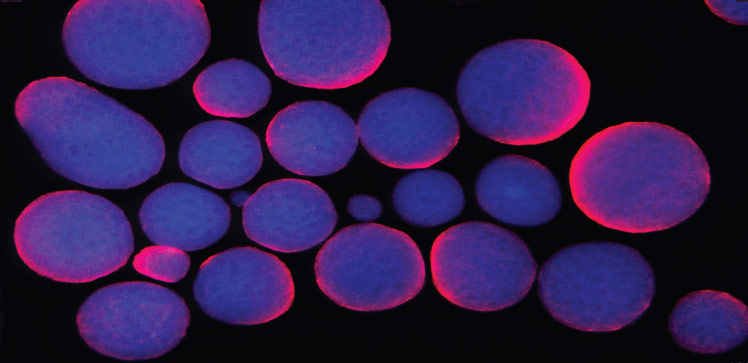
There is an urgent need for reporting of biomedical research on mammalian cells to be more standardized and detailed and for greater control and measurement of the environmental conditions of cell cultures. This will make the modeling of human physiology more precise and contribute to the reproducibility of the research.
A team of KAUST scientists and colleagues in Saudi Arabia and the U.S. analyzed 810 randomly selected papers on mammalian cell lines. Fewer than 700 of those, involving 1,749 individual cell culture experiments, included relevant data on the environmental conditions of the media in which the cells were cultured. The team’s analysis suggests that much more needs to be done to improve the relevance and reproducibility of this type of research.
“Mammalian cell cultures are fundamental to manufacturing viral vaccines and other biotechnologies,” explains marine scientist, Shannon Klein. “They are used to study basic cell biology, replicate disease mechanisms and investigate the toxicity of novel drug compounds before they are tested on animals and humans.”
Less than 10 percent reported the atmospheric oxygen levels in the incubator and less than 0.01 percent reported the medium’s acidity.
Cells are cultured in controlled incubators according to standard protocols. But cells grow and “breathe” over time, exchanging gases with their surrounding environment. This affects the local environment in which they grow and can change parameters like culture acidity and dissolved oxygen and carbon dioxide. These changes can affect cell function and could make conditions different from those found in the living human body.
“Our study highlights the extent to which scientists neglect to monitor and control cellular environments, as well as neglect to report the specific methodologies that allow them to reach their scientific conclusion,” says Klein.
For example, the researchers found that around half of the papers analyzed failed to report the temperature and carbon dioxide settings of their cell cultures. Less than 10 percent reported the atmospheric oxygen levels in the incubator and less than 0.01 percent reported the medium’s acidity. No papers reported the dissolved oxygen or carbon dioxide in their media.
“We were very surprised that researchers largely overlooked the maintenance of environmental factors, like culture acidity, at levels relevant to the physiological body over the full course of the cell cultures, despite it being well known that this is important for cell function,” says Ph.D. student Samhan Alsolami.
The team, led by KAUST’s marine ecologist Carlos Duarte and stem cell biologist Mo Li in collaboration with developmental biologist Juan Carlos Izpisua Belmonte from the Salk Institute, who is currently a visiting professor at KAUST, recommends that biomedical scientists develop standard reporting and control and measuring procedures, in addition to employing purpose-built instruments for controlling the culture environments of different cell types. And scientific journals should establish reporting standards while requiring adequate monitoring and control of culture medium acidity and dissolved oxygen and carbon dioxide.
“Better reporting, measurement and control of the environmental conditions of cell cultures should improve how well scientists can repeat and reproduce experimental results,” says Alsolami. “More careful attention could drive new discoveries and increase the relevance of preclinical research to the human body.”
References
- Klein, S.G., Alsolami S.M., Steckbauer, A., Arossa, S., Parry, A.J., Ramos Mandujano, G., Alsayegh, K., Izpisua-Belmonte, J., Li, M. & Duarte, C.M. A prevalent neglect of environmental control in mammalian-cell culture calls for best practices. Nature Biomedical Engineering 5,787–792 (2021).| article
You might also like
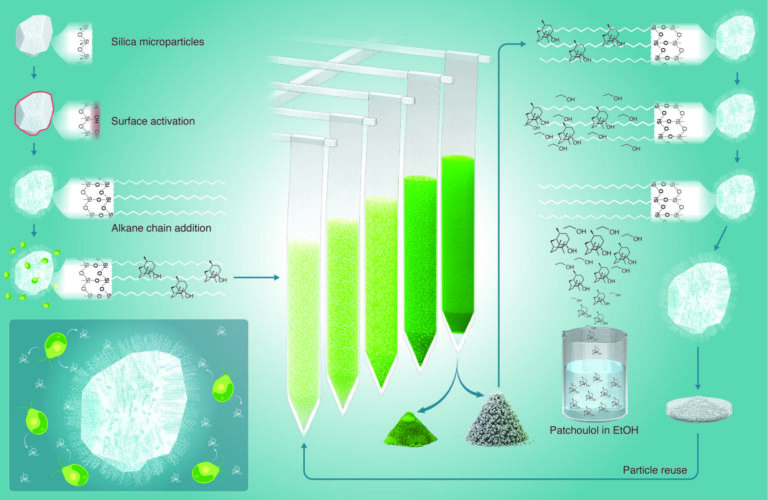
Bioengineering
High value harvests from designer algae

Bioscience
Digging into the world of plant-growth-promoting microbes
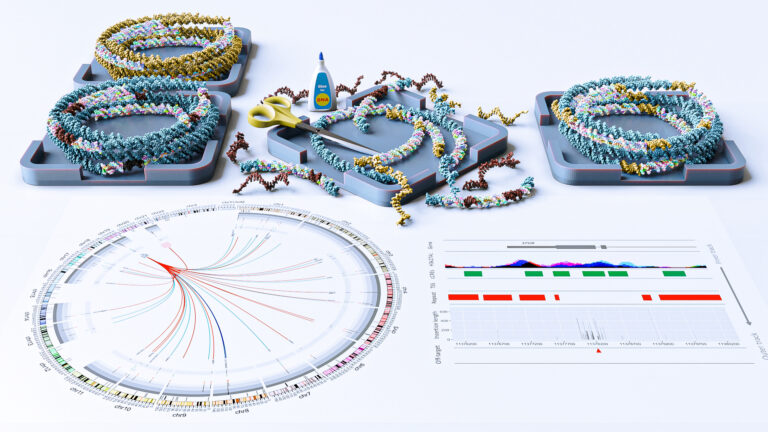
Bioengineering
Stray DNA fragments challenge CRISPR precision

Bioscience
Unique microbiome discovered in mountain streams
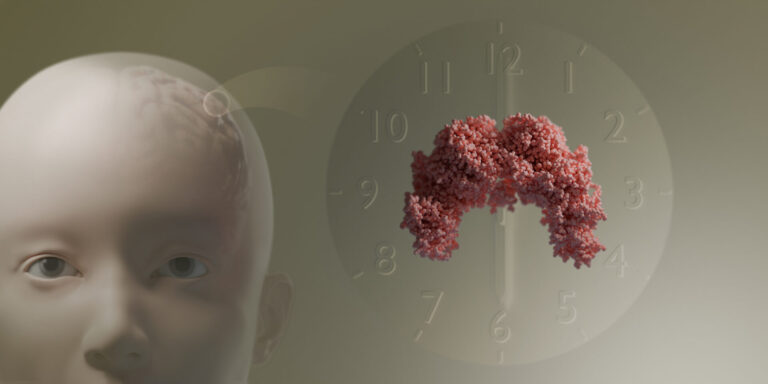
Bioscience
How a multitasking protein keeps the body’s clock in sync

Bioscience
The theory of everything that wasn’t

Bioscience
Mangrove microbes to munch on plastic

Bioscience




